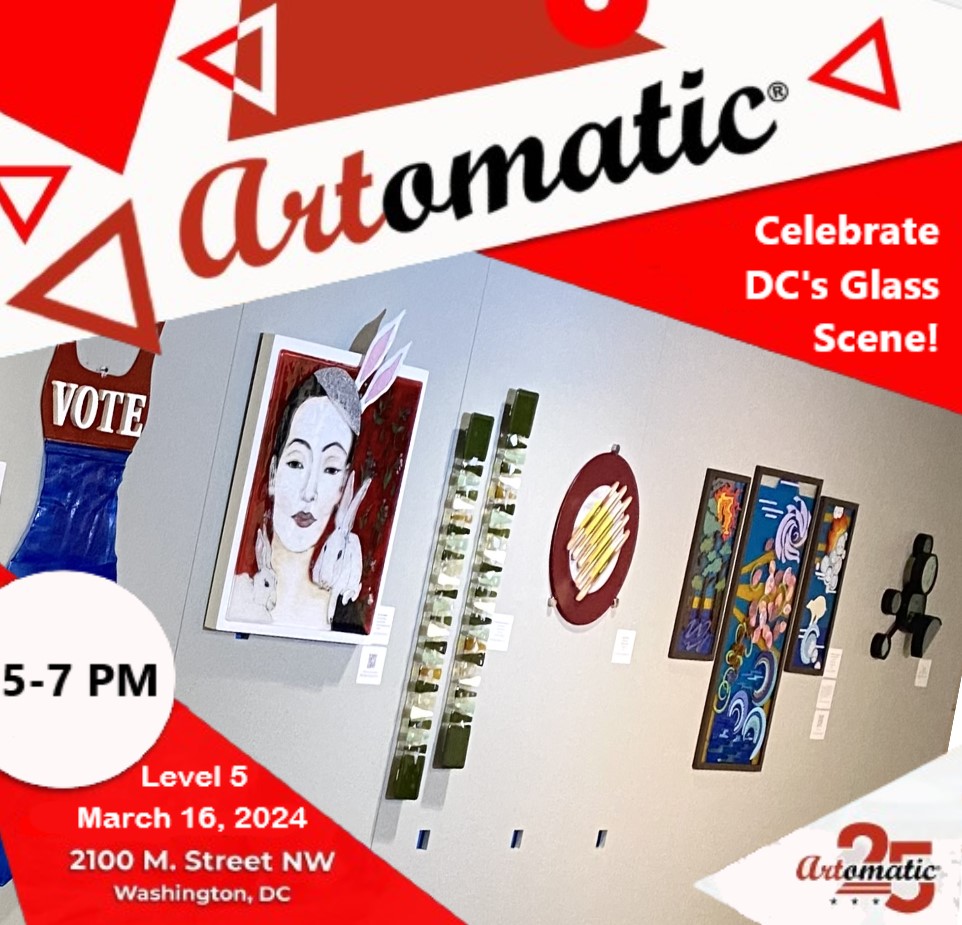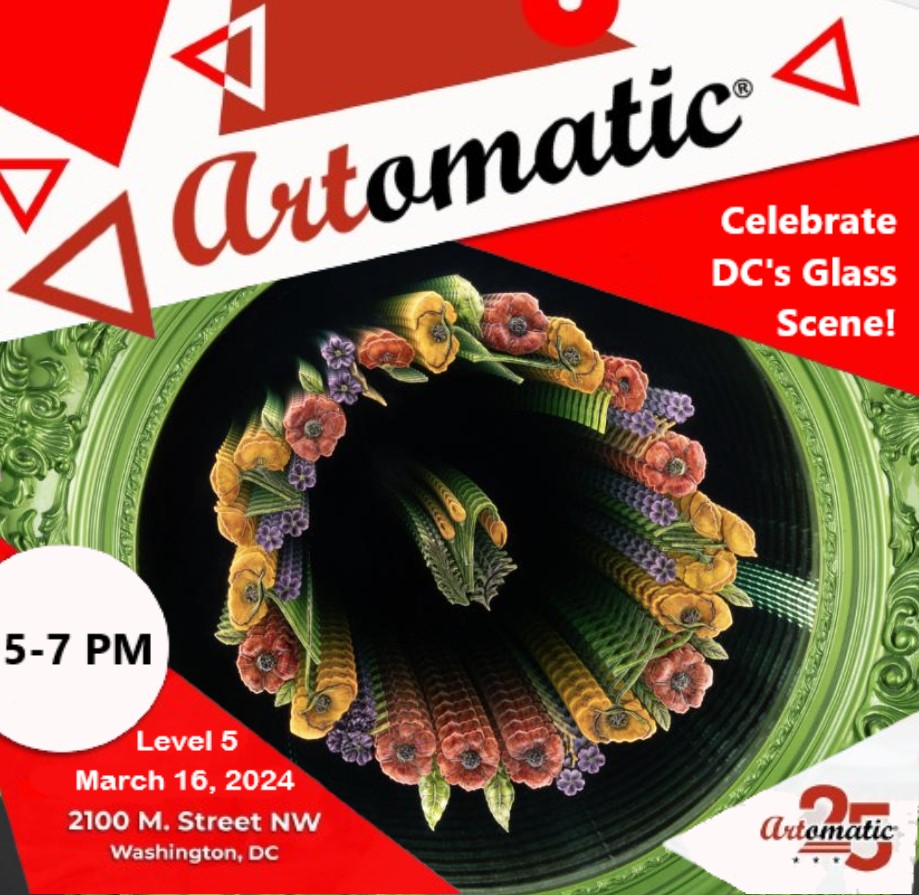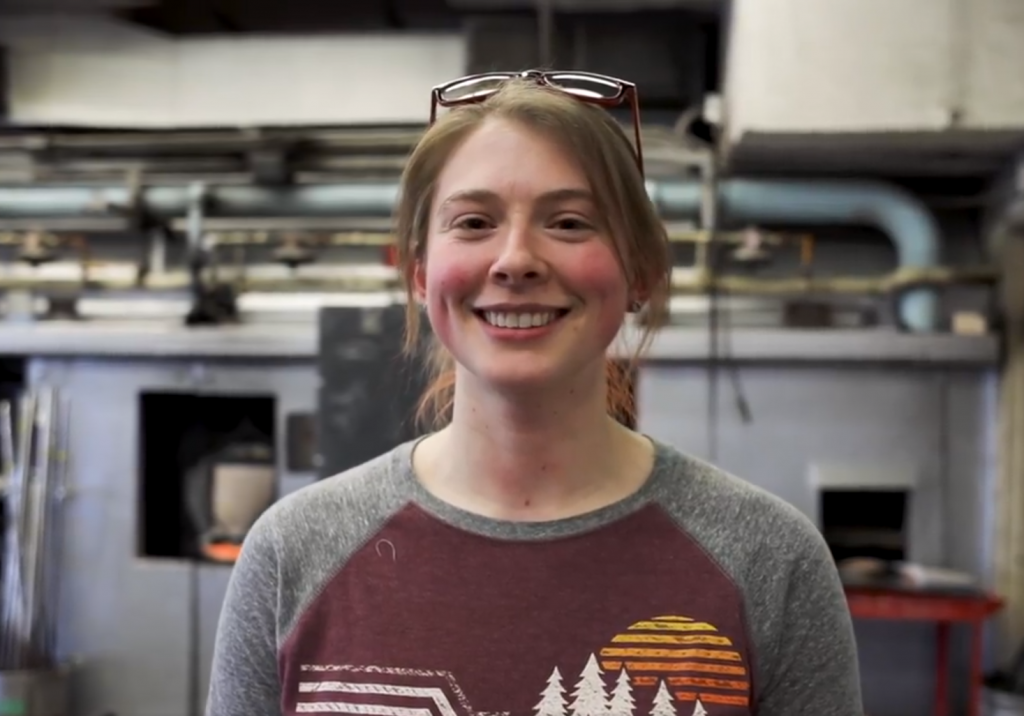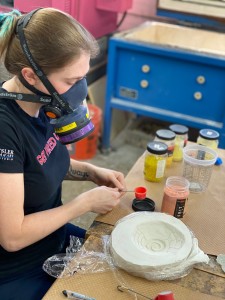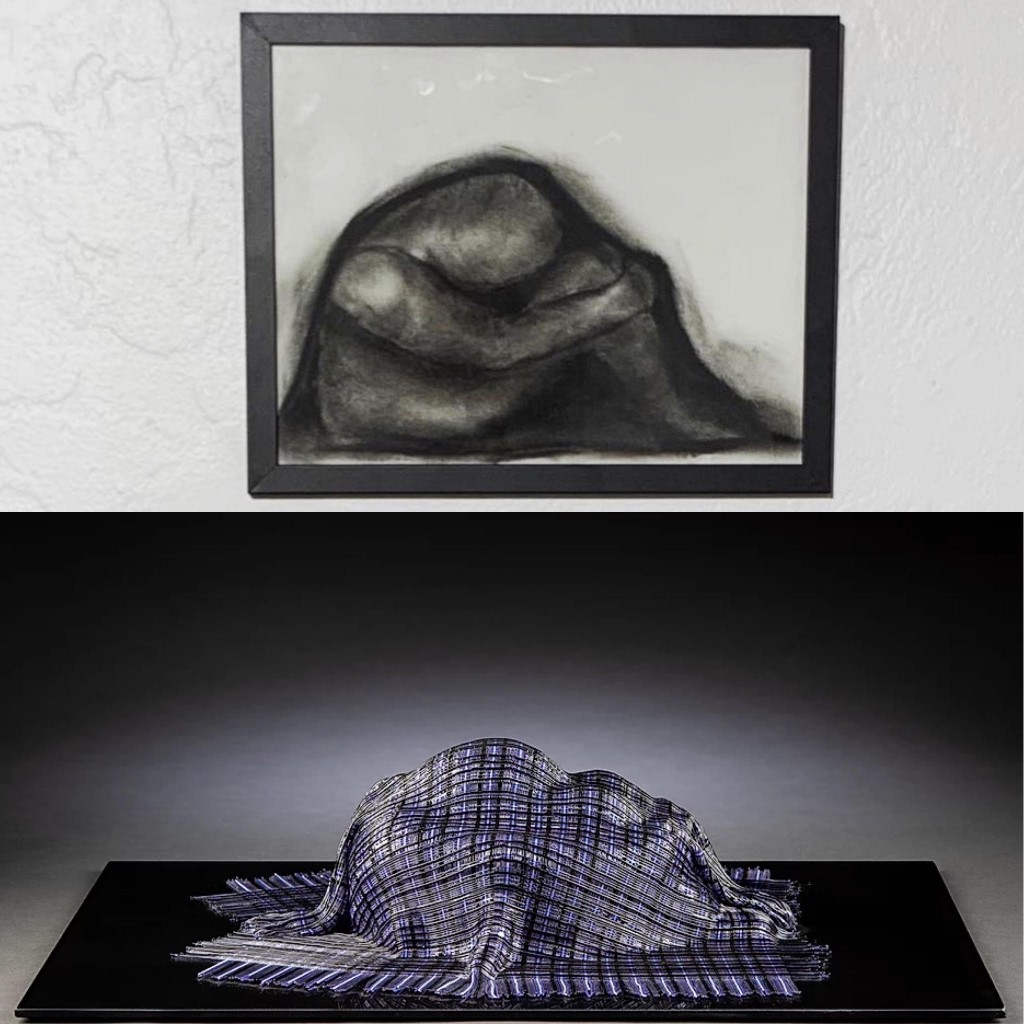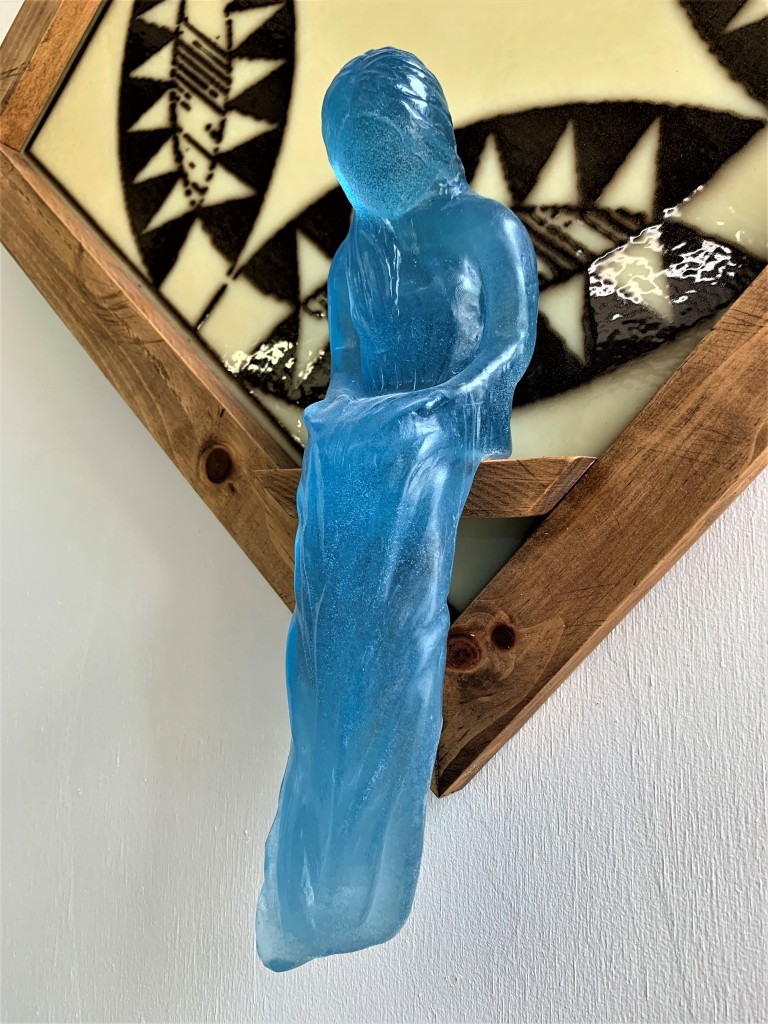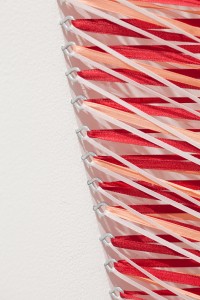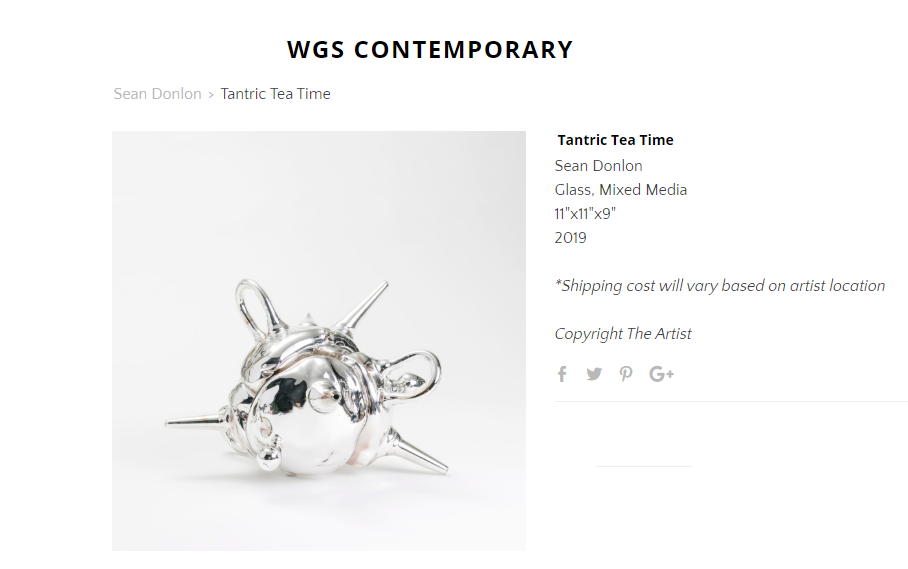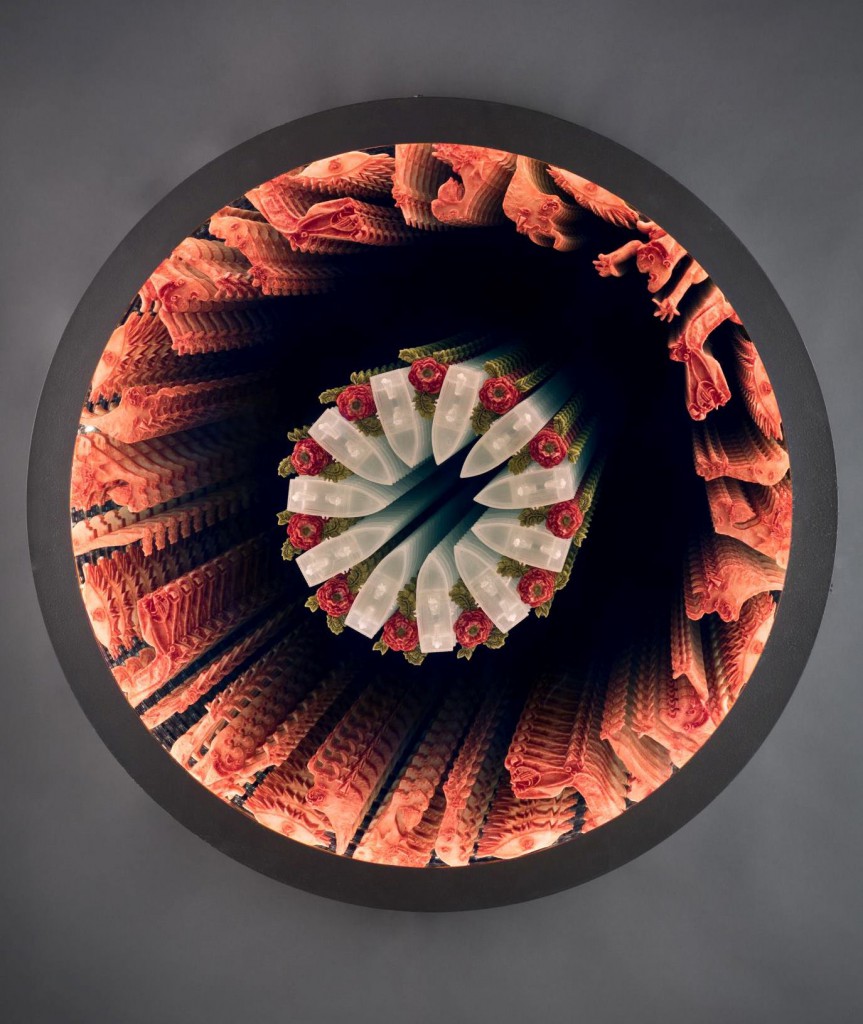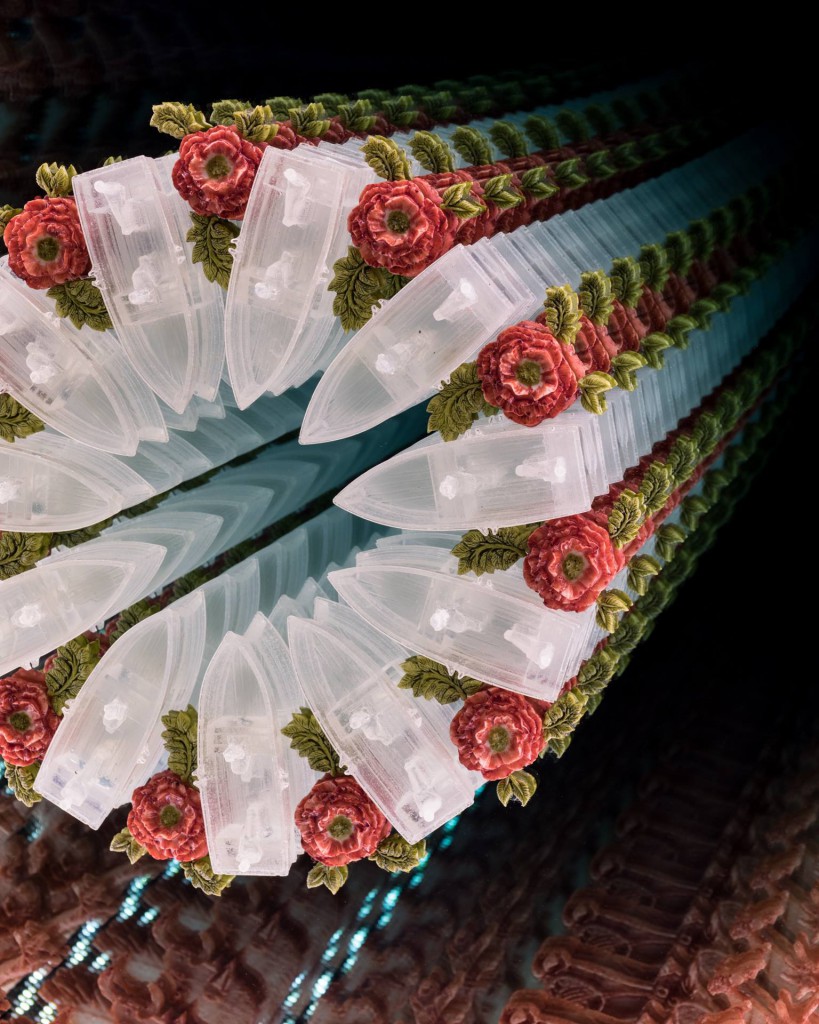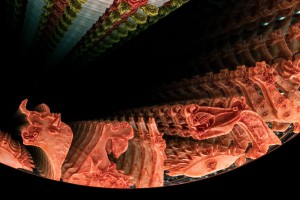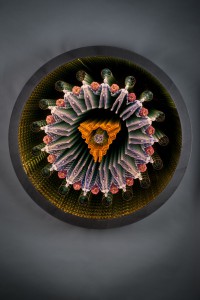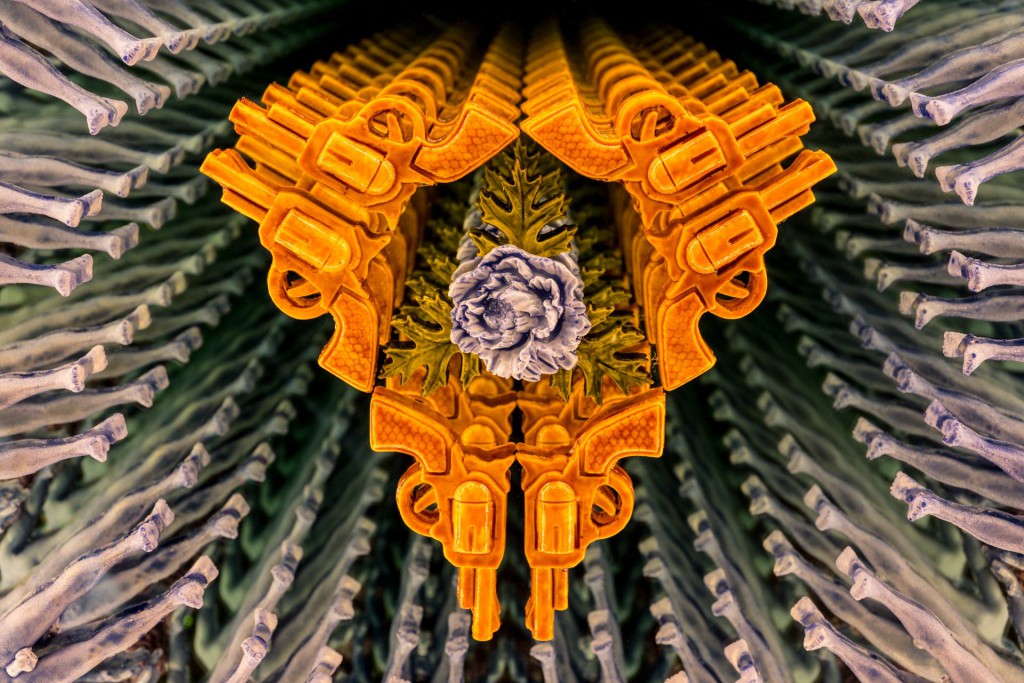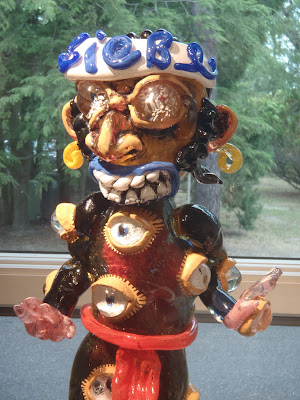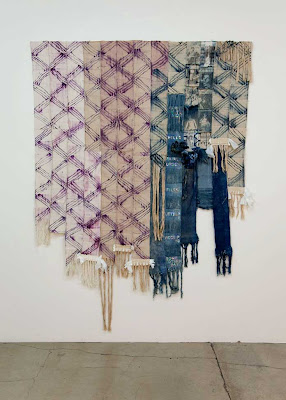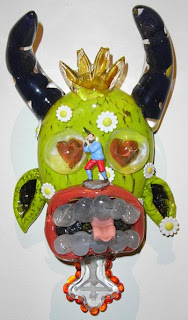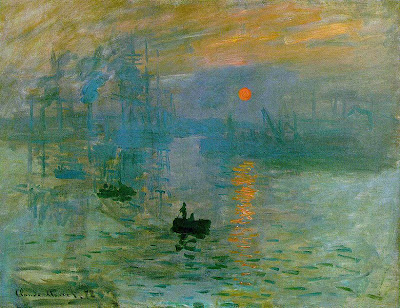CLICK IT! Featured Artist: Sean Donlon
Sean Donlon has been drawn to the challenges of glass manipulation. Sean earned his Bachelor of Fine Arts in Craft and Material Studies at Virginia Commonwealth University in 2012. He has traveled all over the United States and internationally to Lauscha, Germany and Murano, Italy to study lost glass techniques and to work with other glass artists. Among his distinguished honors, Sean has been the recipient of the Virginia Museum of Fine Arts fellowship, was awarded Craft + Design’s Best in Show, and was recently featured in American Craft Magazine. Sean’s work has been exhibited in the Virginia Museum of Contemporary Art, Houston Center for Contemporary Craft, and the Chrysler Museum. He is currently living and working in Richmond, VA.

Sean Donlon
Washington Glass School blog catches up with Sean as his work is part of the WGS Contemporary online exhibit “CLICK-IT!”.
Washington Glass School (WGS): Describe your artwork method/process.
Sean Donlon: I use flameworking, a glassblowing technique, to create these teapots. Within the manipulation of glass and fire a unique vessel is born.
WGS: Describe your work in the show and highlight aspects that the viewers should understand about the work.
Sean Donlon: We are surrounded daily by functional objects; beauty everywhere is easily overlooked when it is hidden in plain view. Becoming obsessed with this practical object turned into an opportunity to make sense of the world.
The teapot became a symbol in my eyes, one that could be recognized by all people. Throughout history teapots have been used as a canvas for expression through its maker or utilizer. This makes the teapot a greater symbol – one that can connect everyone on the principle of taking a moment to wind down, interact, tell stories, or internally reflect.
This inanimate object becomes vibrant and alive when juxtaposed in a foreign environment; every teapot manifests its own personality in these installations. Reflecting light off of each other and playing with their environment, these teapots, in every viewing angle become their own story.
WGS: How have you handled the Covid lockdown?
Sean Donlon: It has been difficult, and a storm of emotions. I have family who is going through treatment for a terminal cancer and covid isn’t making that experience any easier.
I run a shared studio space with other artists, and it has been a big change. In the pace of the workplace, and to make sure everyone is on the same page in our adapting to this pandemic. Safety has always been our top priority, I was very excited to see how everyone came together to make things operate smoothly. It hasn’t been easy, but I have realized so many small things I love about life. Between the sound of water pouring on coffee beans for cold brew, and how light can change so much in a few seconds throughout the day. Its made me so grateful to be able to reconnect with the world around me again.
I was thinking there would be a large flow of creative energy, but it has actually been hit and miss. Its made my work slow down but in a great way. New work from this is in the works and I am excited to share it when its ready… but its kind of hush hush till then.
WGS: if you were not an artist – what would you be?
Sean Donlon: I discovered glass when I was working as a tire installer. I had a car dropped when I was working on it and almost lost my hands and it was that day, I decided to switch to glass full time… I wanted to keep using my hands to create art and have not looked back since that decision.
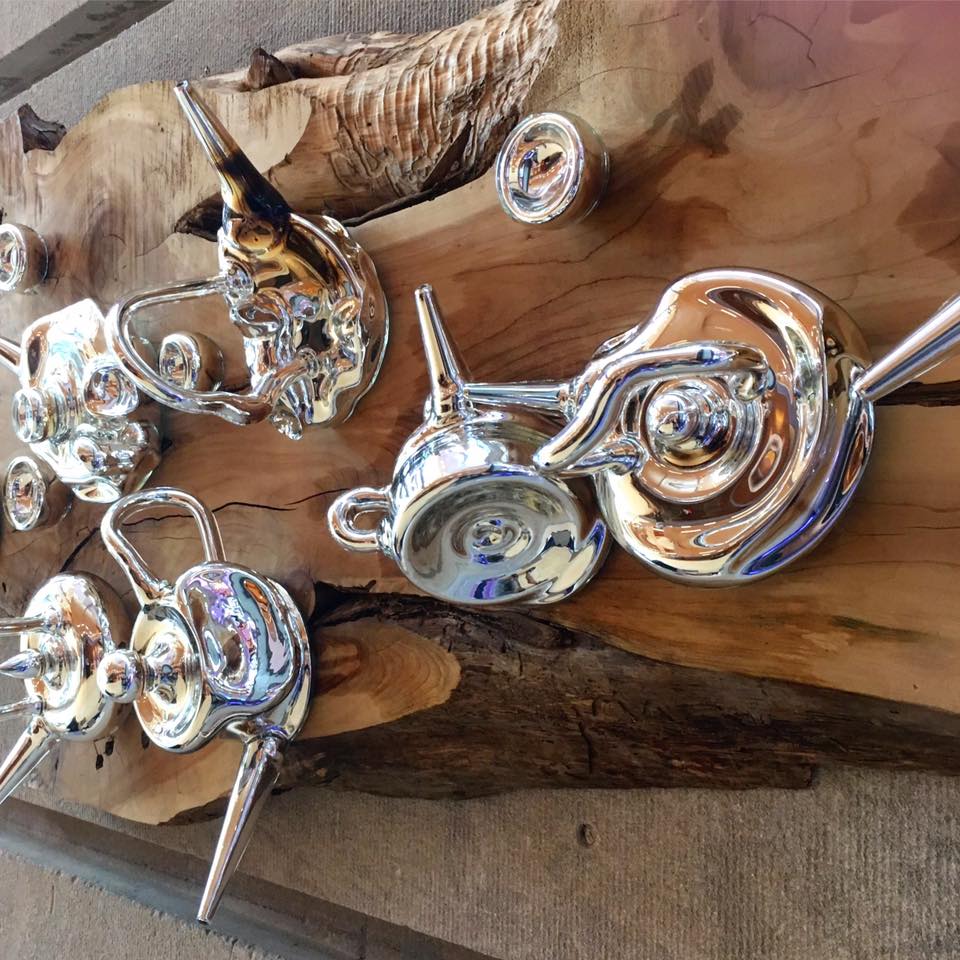
Sean Donlon’s surreal teapots.
WGS: Do you do a lot of planning in your work – or is there an element of chance while working?
Sean Donlon: Much of the planning starts with the concept and design. Then trying to figure out what tools to make is important to each piece. Everything gets a custom-made component to make the mounting and shaping seamless. Then the raw fun starts. When doing the hot glass part, it is planned – but then I do allow room to have the natural avenue of chance and error to come into play!
WGS: What is your rule of thumb in determining when a work is finished?
Sean Donlon: (When the hot glue is dry… JK). I wish this was an easy answer but its not. I often know when I am working the glass on the torch when its done. There will be this moment where it just speaks to me in a way that i see if i change anything else it’ll be too much or throw off the balance of the piece. Once this is done I still have to install and mirror the work so its still a long process after the glass is made.
My rule of thumb is when the work has the right gesture, narrative, flow, and I am happy with it. I won’t let something out that I am not please with, and it takes failed works to make the great ones.
Click here to jump to Sean Donlon’s work in CLICK-IT!
